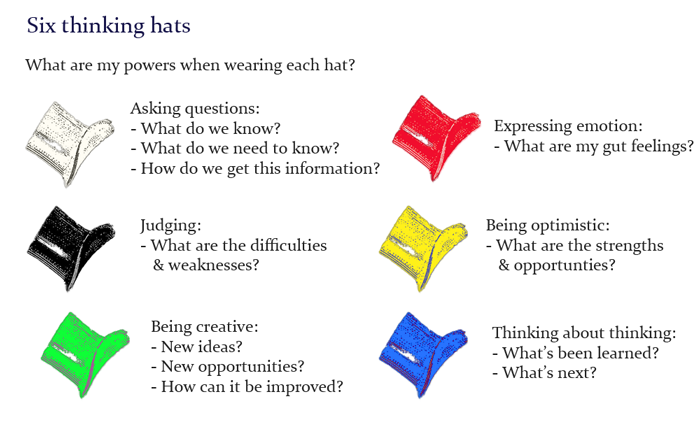Small Group
There are various roles to play in a small group and below is the 12 roles that is inherent in group tasks:
- Initiator
- Information seeker
- Opinion seeker
- Information giver
- Opinion giver
- Elaborator
- Coordinator
- Orienter
- Evaluator
- Energizer
- Procedural technician
- Recorder
However, sometime you need to build the relationship in the group, so below are 7 roles to play in process of group building and maintenance roles:
- Encourager
- Harmonizer
- Compromiser
- Gatekeeper
- Standard setter
- Observer
- Follower
- Aggressor
- Blocker
- Recognition seeker
- Self-confessor
- Playboy/girl
- Dominator
- Help seeker
- Special interested pleader
Now, how do we ensure a group has good or effective interaction and contribute efficiently?
First, do interaction process analysis by allowing group member to be quantiatively scored in different qualitative areas.
Second, ensure effective member participation by emphasize team work, avoid attacking others, be open-minded to criticism, allow time for understanding and discourage 'groupthink'.
- Be ready
- Activate the group Agenda
- Encourage group interaction
- Empower group member
- Maintain effective interaction
- Keep member on track
- Ensure member satisfaction and welfare
- Evaluate effectively
- Manage conflict
Organizational Communication
What is organization?
Organization is a group of people
gathered with the same purpose of working together to achieve an collective and
compatible goal

Why organization
is important ?
Because it creates jobs/employment adapting to a converging world, influence/power of majority.

An
organization’s characteristics is divided into 4 :
1.Rules & regulations
2.Division of labor
3.A system of reward and consequences
4.‘cultural’ values and beliefs
How
to be an effective employee?
1.Be impressive – appropriate dressing, grooming is
essential in any organization.
2.Be positive – the world is a cruel place, but it is also
a very forgetful and forgiving place
3.Be culturally sensitive – especially if you are working
in cross cultural/international environment.
4.Be respectful & open – because nobody likes rude and
unfriendly people.
5.Be interested – because the last thing you want people
to think of you is “does he/ she want the job or not?”
Communication
within the organization can be divided into formal and informal categories:
Formal :
1.Upward – from lower level employees to higher level
employees; for example : executive to manager
2.Downward – from higher level employees to lower level
employees : for example : managers to executives
3.Lateral – same level; from managers to managers,
executive to executives.
Informal:
Grapevine/pipeline
– no hierarchy and no authoritative intention/action.
For
example: rumors, gossips
Grapevine
communication is an indication that the topic of matter is:
–Unproven
–sensitive

Communication has different format in small group :
1.Circle – everyone is communicating with one another
2.Wheel – everyone communicates towards a central receiver
3.Y – a split in one or more area in the communication
chain.
4.Chain – ‘pass – along’ communication
5.All channel – everybody talks to one another with no
hierarchy and authority level.
However, it's important to remain ethical and maintain when it comes to information, gender issue, bullying and netrwork.

What is conflict?
Conflict is argument or problems that arose because of an extreme in opinions or beliefs between one.
There are 2 types of conflict:

1.Intrapersonal
conflict :
–When
you have problems with yourself.
–“why
am I not good enough to get the promotion”
2.Interpersonal
conflict :
–Conflict
with others in the organization, but usually through :
•Online
channels – emails, messages etc
•Verbal
message – insults, words, texts

There are 3 principle of conflict:
1.Conflict
can center on content and relationship issues
2.Conflict
can be negative or positive
3.Conflict
take place in a context

Stage of conflict management:
1.Define the conflict
2.Establish criteria
3.Identify the possible solutions
4.Evaluate solutions
5.Select the best solutions
6.Test and evaluate solution
CONFLICT MANAGEMENT STRATEGIES:
1. Win-lose & Win-win strategy
2. Avoidance and active fighting
3. Force and talk
4. Blame and empathy
5. Gunny sacking and present focus
6. Manipulating and Spontaneity






































